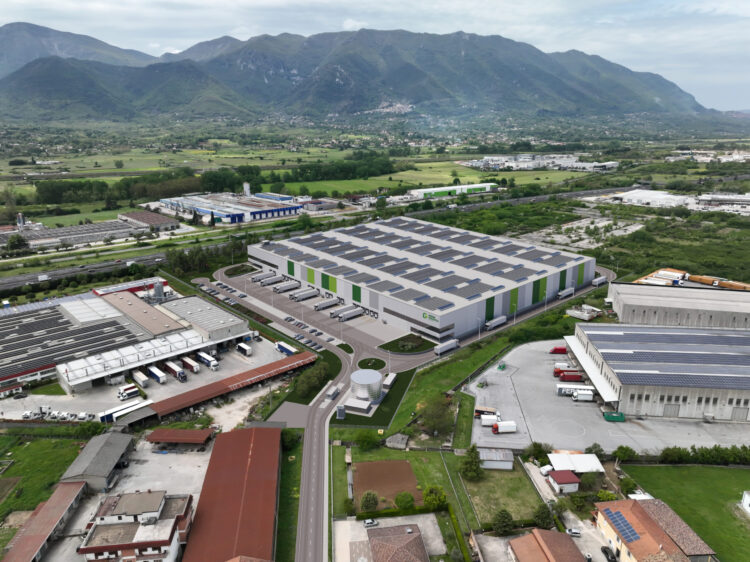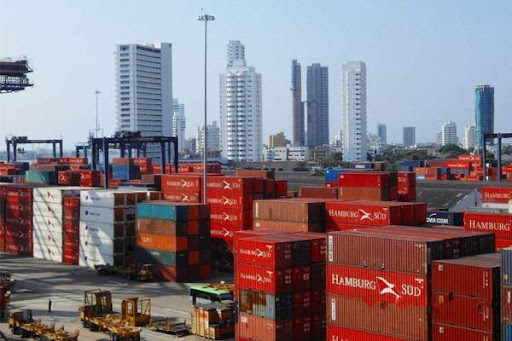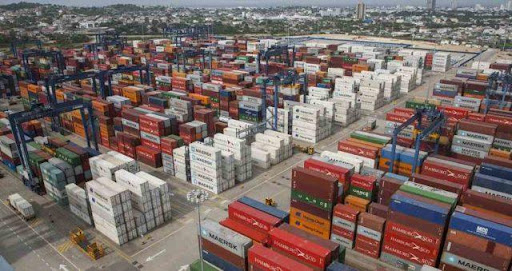Difference between and advantages of Logistics Hubs and Logistics Activity Zones (LAZ)

Two concepts have gained importance in recent times in the logistics sector. They are known as “Logistics Hubs” and “Logistics Activity Zones” (LAZ). Both terms refer to specialist goods management and efficient distribution infrastructure; however, they differ in their scope and focus. This article explores how logistics hubs differ from Logistics Activity Zones (LAZ). In this article, we will explore the difference between Logistics Hub and Logistics Activity Zone, as well as compare the election of an LAZ over other industrial areas.


Logistics Hubs
A logistics hub is a nerve centre that acts as a connection point to distribute goods at regional, national and even international level. Its main aim is to enable the efficient transportation of goods and merchandise using different means such as roads, rail networks, ports and airports. These hubs are usually located in strategic areas that are well connected and provide easy access to the main transport networks.
What are the advantages of creating a Logistics Hub?
Efficient distribution. Performing logistics operations in a single place reduces both transportation times and the costs associated with moving goods from one place to another.
Economies of scale. Logistics hubs can be used to benefit from economies of scale in activities such as storage, cargo consolidation and transportation.
Global connectivity: Well-placed logistics hubs provide better connections to destinations at both national and international level, making them strategic points for global commerce.


Logistics Activity Zone (LAZ)
Logistics Activity Zones are spaces that have been specifically designed to provide added value through the performance of logistics, storage and distribution activities. They are planned and equipped to enable logistics operators and companies to perform their operations efficiently.
What are the advantages of a Logistics Activity Zone (LAZ)?
Specialist focus. As Logistics Activity Zones are specifically designed for logistics activities, they provide highly specialist infrastructure and services that help to improve operational efficiency and productivity.
Integration and synergies. Grouping companies and logistics operators in a single place encourages cooperation and the exchange of know-how between different actors within the supply chain.
Customs facilities. Logistics Activity Zones are usually equipped with customs facilities and affiliated entities to help perform related procedures. This boosts international trade and attracts foreign investment.
Compared to other traditional industrial areas, Logistics Activity Zones provide specific advantages for both the logistics sector and international trade. While industrial parks may focus more on producing or manufacturing products, Logistics Activity Zones are specifically designed to optimise logistics and distribution operations. They are also often strategically located near to ports or airports to facilitate the import and export of goods.
What is the economic impact of logistics hubs and Logistics Activity Zones?
Logistics hubs and Logistics Activity Zones both have a significant economic impact on a country or region. Logistics hubs improve supply chain efficiency, which cuts transport costs and increases the ability to compete of the companies that use them. They also often attract investment and generate employment in nearby areas.
Meanwhile, as Logistics Activity Zones provide specialist logistics infrastructure, they can attract investment from both national and international companies seeking to improve their operations and harness customs benefits. This translates to improvements in economic activity at a regional level, more employment and companies that are better able to compete in the global market.
In conclusion, Logistics hubs and Logistics Activity Zones are both important concepts in the logistics market. The choice of one over the other will depend on the needs and objectives of the companies and logistics operators concerned.










